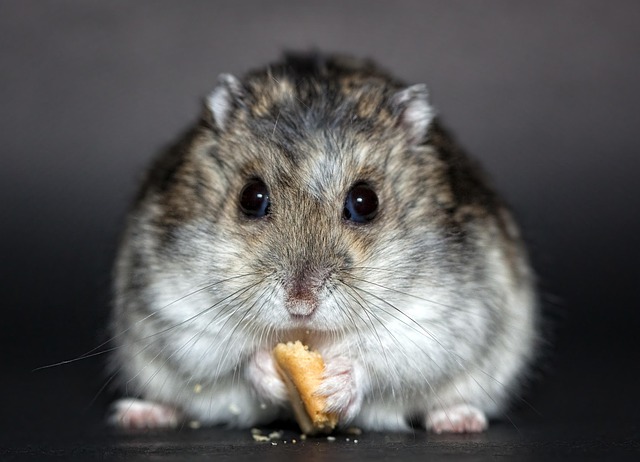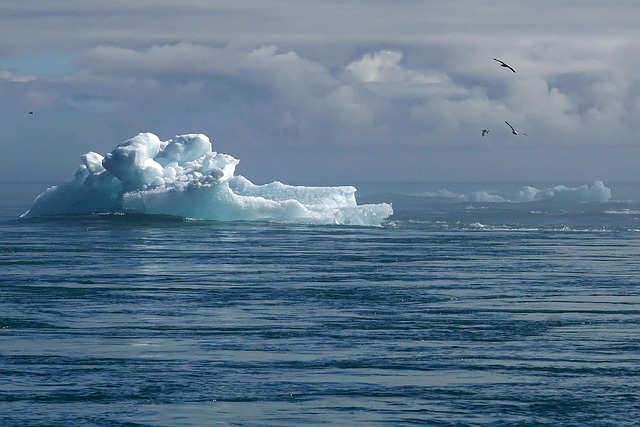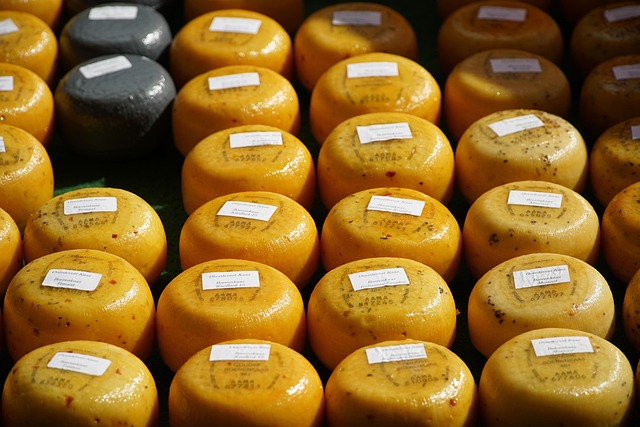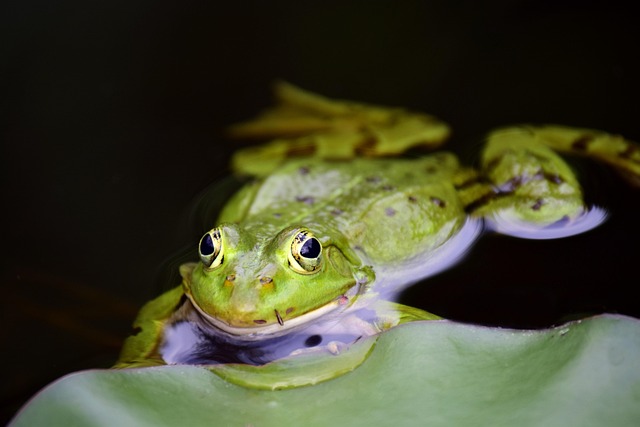
Exploring the Fascinating World of Dwarf Frogs: Nature’s Little Wonders
Dwarf frogs, often regarded as nature’s little wonders, inhabit a unique niche in the world of amphibians. These charming creatures are not just tiny in size; they are a treasure trove of fascinating behaviors and adaptations that captivate animal lovers and nature enthusiasts alike. With their vibrant colors and playful antics, dwarf frogs add a splash of joy to any aquatic environment.
When we explore the diversity of amphibians, dwarf frogs stand out for their remarkable characteristics. The most popular species, such as the African dwarf frog, usually measures only a couple of inches long, exhibiting a delightful, friendly demeanor that enchants people of all ages. Their lively swimming style, coupled with their docile nature, makes them excellent companions in both home aquariums and educational setups.
In their natural habitats, these frogs thrive in slow-moving waters like ponds, marshes, and swamps. The lush vegetation found in these environments provides shelter and hunting grounds. Dwarf frogs are primarily carnivorous, feeding on small insects and crustaceans, which showcases their adaptability to different ecological niches. Through careful observation, one can witness the fascinating interplay between these amphibians and their surroundings, bringing a greater understanding of ecological balance.
In addition to their adorable appearance, dwarf frogs play a vital role in their ecosystems. By controlling insect populations and serving as prey for larger animals, they contribute significantly to the natural food web. This makes their conservation all the more important, as the loss of dwarf frogs would ripple through the ecosystem, affecting countless other species.
Many people choose to keep dwarf frogs as pets, drawn in by their simplicity and low-maintenance care. Unlike many other amphibians, these frogs do not require elaborate setups; a small tank with clean water and appropriate temperatures is sufficient for them to thrive. This accessibility helps children and adults alike connect with nature, fostering a love for wildlife and an understanding of environmental stewardship. Observing a dwarf frog’s antics can spark a curiosity about amphibians and their habitats, inspiring future generations to protect our planet’s biodiversity.
Furthermore, the care for dwarf frogs highlights the importance of responsible pet ownership. Educating potential owners about proper care and the ecological significance of these animals can go a long way in preserving their populations in the wild while ensuring happy and healthy lives for these lovely frogs in captivity. As interest in keeping dwarf frogs grows, so does the responsibility to ensure that such practices do not lead to overharvesting or the destruction of their natural habitats.
In summary, dwarf frogs are far more than just cute pets; they are an integral part of the amphibian family and essential components of their ecosystems. As we delve deeper into the fascinating world of these little wonders, we uncover the intricate connections that bind them to our environment and the vital role they play. By fostering a greater appreciation for dwarf frogs, we can inspire a new generation of nature lovers dedicated to protecting our planet’s biodiversity.



